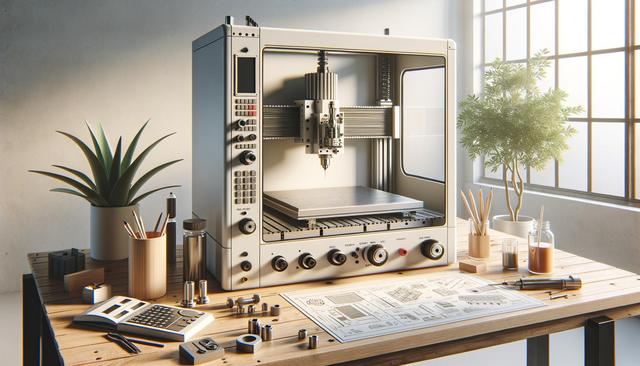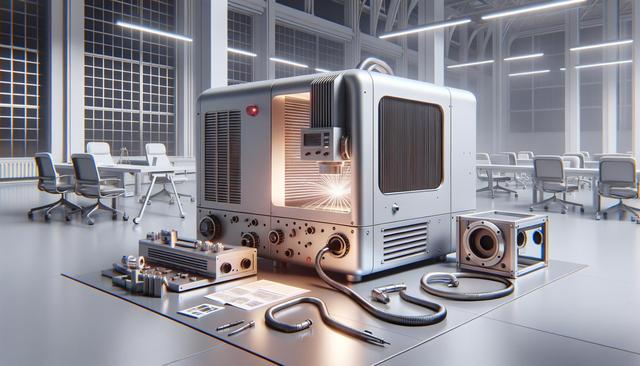Understanding Your Household Energy Usage
Before making changes, it’s important to understand where and how energy is being used in your home. Heating and cooling systems typically account for the largest share of energy consumption, followed by water heating, appliances, lighting, and electronics. By identifying the biggest energy users, you can prioritize which areas to address first. Conducting a home energy audit—either through a professional service or a DIY checklist—can offer valuable insights into how efficiently your household is operating.
Monitoring your energy usage can also help create awareness among household members. Many utility companies now offer online tools or apps that break down your energy consumption by day, week, or month. These tools can help you recognize patterns and identify opportunities to reduce usage without sacrificing comfort.
Adjusting Everyday Habits
Simple behavioral changes can significantly reduce your energy bill. Turning off lights when you leave a room, unplugging devices when they’re not in use, and using natural sunlight during the day are just a few habits that can cut down on electricity use. These small actions, when done consistently, add up over time.
Consider these easy-to-implement practices:
- Set your thermostat a few degrees lower in winter and higher in summer.
- Wash clothes in cold water whenever possible.
- Dry clothes on a rack or clothesline instead of using a dryer.
- Run your dishwasher only when it’s full.
- Use power strips to turn off multiple electronics at once.
These changes require little effort but can lead to measurable energy savings over the course of a year.
Upgrading to Energy-Efficient Appliances
While replacing appliances involves a higher upfront cost, energy-efficient models are designed to use less electricity, which saves money in the long run. Look for appliances with energy efficiency labels that meet recognized standards. These products consume less power without compromising performance.
When considering upgrades, focus on the highest energy-consuming appliances first, such as:
- Refrigerators
- Washing machines and dryers
- Dishwashers
- Ovens and stoves
- Water heaters
Many energy-efficient models come with advanced features like programmable settings and smart technology, allowing you to control usage more effectively. Additionally, some regions offer rebates or incentives for replacing old appliances with more efficient ones, helping to offset the cost.
Improving Home Insulation and Sealing
Heating and cooling costs can skyrocket if your home isn’t properly insulated. Drafts, poor sealing, and thin insulation allow air to escape, forcing your HVAC system to work harder. Improving insulation in key areas like attics, walls, and floors can significantly reduce energy waste.
Here are some effective insulation and sealing strategies:
- Install weather stripping around windows and doors.
- Use caulk to seal gaps and cracks in walls and ceilings.
- Add insulation to attics and crawl spaces.
- Use thermal curtains to reduce heat loss through windows.
These changes not only reduce energy consumption but also enhance indoor comfort. A well-insulated home maintains a more consistent temperature, reducing the need for frequent HVAC adjustments.
Embracing Smart Technology
Smart home devices offer convenient ways to manage your energy usage. Programmable thermostats, smart plugs, and lighting systems allow you to automate and control energy consumption based on your schedule and habits. For example, a smart thermostat can learn your preferences and adjust the temperature when you’re asleep or away, saving energy without requiring manual changes.
Consider integrating the following smart devices into your home:
- Smart thermostats for automated climate control
- Smart light bulbs that can be scheduled or dimmed
- Smart power strips to eliminate phantom energy use
- Home energy monitors to track real-time usage
These technologies not only improve convenience but also help you make informed decisions about your energy consumption. Over time, they can lead to substantial savings and a more sustainable household.
Conclusion
Reducing energy consumption at home is a practical goal that benefits both your wallet and the environment. By understanding your energy usage, adopting more efficient habits, upgrading equipment, improving insulation, and embracing smart technology, you can make a meaningful impact. Whether you’re looking to lower bills or reduce your environmental footprint, these strategies offer long-term value without requiring drastic lifestyle changes.


